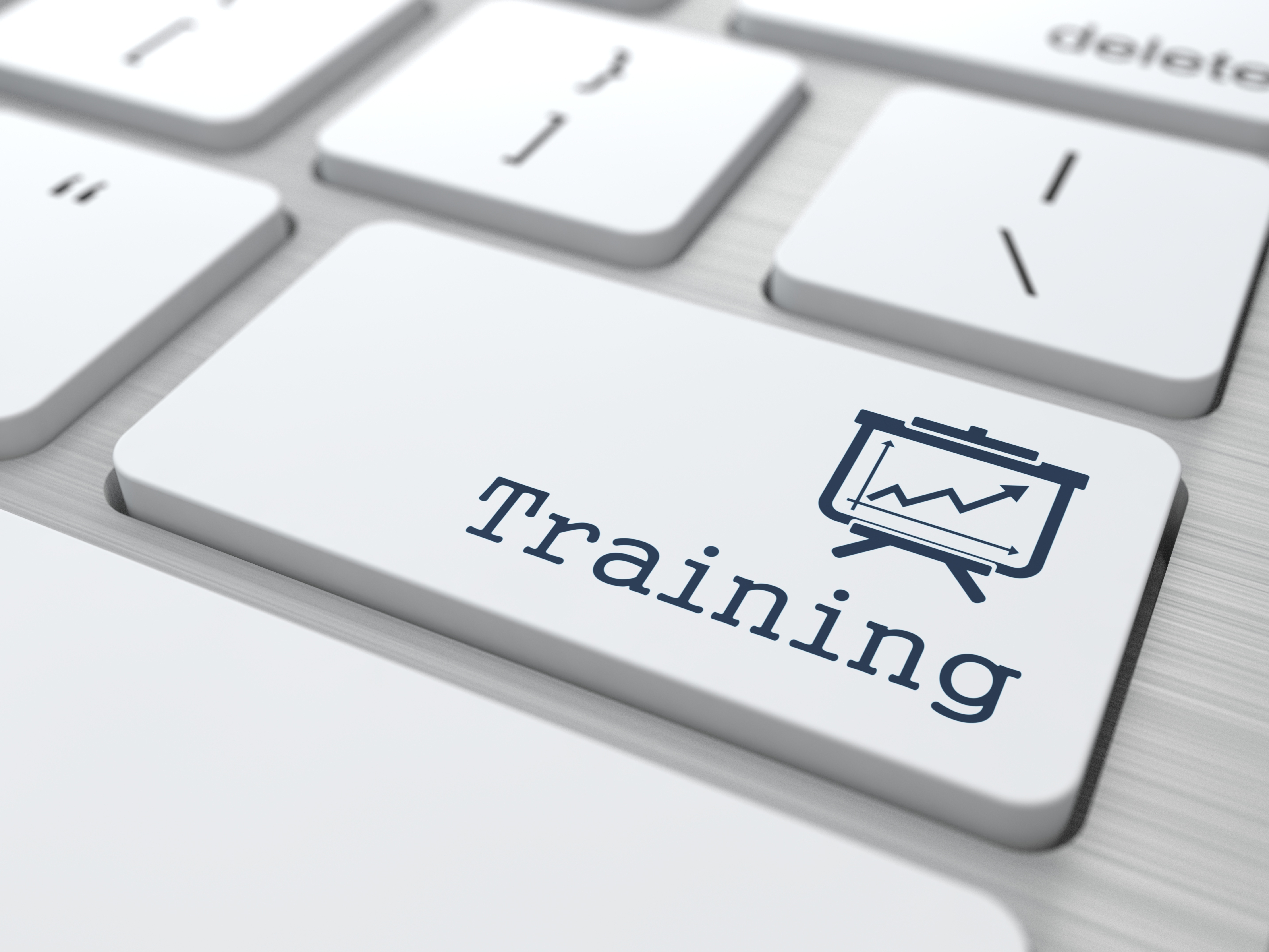The generational diversity that currently exists across today’s active work groups is indeed exceptional. With an increase in life expectancy coupled with economic necessity, our oldest working generations, the ‘Silent Generation’ (1923 to 1944) and the ‘Baby Boomer’ Generation (1945 to 1964) are uniquely positioned to be sharing co-worker relationships with no less than four generational groups, including Generation X (1961 to 1981) and Generation Y (also called ‘Millenials’, 1982 to 2000). This blend of generational employees represents not only age-based differences, but also other dynamics that present challenges to employers across a wider spectrum including work ethics, cultural variances and numerous demographic factors. Establishing the ‘drivers’ that will motivate and engage these differing groups can indeed become a complex process, and understanding the specific cultural contrasts of each group is critical in establishing a collaborative and harmonious work environment.
Perhaps the most radical change process organizations will face is with their millennial generation employees. Typical levers of motivation that were successful with previous work groups may no longer prove to be as effective with the newer group of millennials. Exposure to more globalization, technology advances, and concerns for corporate social responsibility coupled with ethics, company image, transparency and honest business practices have resulted in a new set of variables.
“Millennials have a drastically different outlook on what they expect from their employment experience. Millennials are well educated, skilled in technology, very self-confident, able to multi-task, and have plenty of energy. They have high expectations for themselves, and prefer to work in teams, rather than as individuals. Millennials seek challenges, yet work life balance is of utmost importance to them. They do, however, realize
that their need for social interaction, immediate results in their work, and desire for speedy advancement may be seen as weaknesses by older colleagues” (AMA, November 2014).
In short, it is essential that organizations realize that for millennial employees, “it’s not all about the money.” The new demands that millennials bring to the job need to be addressed, therefore requiring new methodologies and re-defined strategies that are customized for this newest and largest employee work group.
Ensuring continued company growth, profitability and expansion will now require change management processes that will focus on both current and future talent requirements, and enable organizations to maintain a skilled and competitive workforce. Recognition of changing employee priorities and the ability to adjust to their needs will better position companies in the global marketplace.
Leveraging millennial talent will also require critical change approaches to training and development. While the need for training employees to excel in their current jobs, and developing employee skills for future jobs will always remain constant, the methodology, process and incentives must be revamped to accommodate a new set of employee expectations and deliverables.
First of all, organizations will need to build a new training culture that will enable employees to train on their own timeframes, rather than pre-determined schedules set by the employer. Employees should be empowered to have a say in the type of training and subject matter that is made available. This can become a powerful tool in identifying true leaders and help segregate those who have no interest in job advancement or organizational career opportunities.
Since millennials have literally ‘grown up’ with technology and its advancements, programs should be made flexible to include more on-line programs as well as asynchronous learning that are better aligned with employee personal needs and busy schedules, thus maintaining more acceptable work/life balance.
Secondly, regular managerial feedback and coaching are fundamental requirements of millennials, who have a deep-seated desire for consistent, immediate feedback, as well as expressed gratitude for job accomplishments. This may require re-vamping of existing communication channels and improving top-down, bottom-up and horizontal communication approaches, as well as establishing more effective informal approaches as well. This technology driven generation prefers instantaneous communication, emphasizing tweets, emails, and social media, as well as tech-driven intrinsic rewards such as digital badging.
Lastly, like any diverse, multi-cultural organization, multi-generational workforces require a gamut of drivers to keep employees challenged, motivated and engaged.
While the differences of each succeeding generation become more complex, the current millennial workforce will present newfound challenges that will force alignment of organizational strategy with workforce requirements and individual employee needs.

